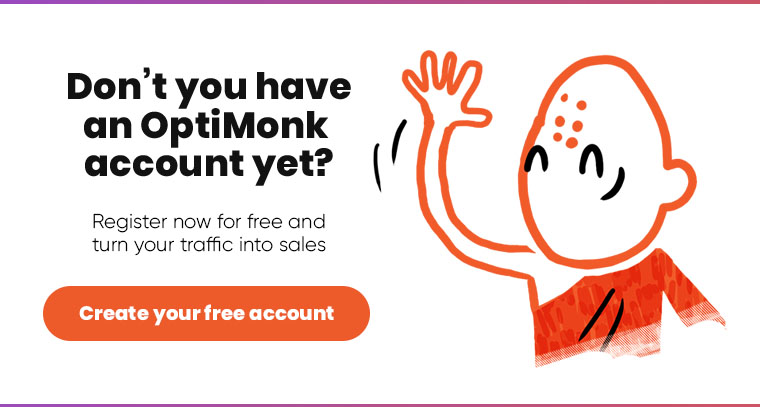Social and behavioral science has shown that there are clear ways that marketers can influence consumer behavior, by triggering instinctive, reflexive responses to situations that are automatic, it is possible to nudge individuals along the path towards buying. These are behaviors that humans have evolved because they conferred an evolutionary benefit, for example, fear and the flight or fight response increases the likelyhood of survival in specific situations.
Power words and phrases, carefully placed and constructed within the right context can trigger these instinctive reflexive responses. Its like an itch you can’t scratch that won’t go away until the need is alleviated. For marketers the goal is to elicit the mix of emotions, to trigger this buying behavior.
The Why Buy
Always tell the customer why they should buy, even if the reason is terrible. Obviously a good reason is far more powerful than a poor reason, but even a poor reason has a positive effect. The power word to use is because, that if included, instantly makes the customer to wait, pausing the decision making process until the reason is heard.
The Latest Greatest
Humans are predisposed to want new things, implying fresh. When combined with urgency, – and ‘get it while you can’, is a driver of consumerism). Words like best, fresh, latest, and phrases like cutting edge, available now and finally, all have a similar effect.
You can combine them for greater effect if character space allows for it in titles and meta descriptions of your blog content.
Mind the Information Gap
By highlighting a information gap you create the need and desire to fill that gap, – this is at the heart of of Information gap theory.
This is why personalization of content is super powerful because by using behavioral segmentation its possible to make these information gaps highly relevant to each persona and customer journey. This is extremely useful in relation to selling informational products and learning related products. Here words like learn, discover are particularly potent. However learn suggests that work is necessary and so choose discover over learn when the option is available.
The easiest route for the customer is usually the best route for the merchant to use.
Don't Make Promises You Can't Keep
Consider your wording very carefully.
If you can’t promise something definitively 100%, don’t say it, or at the very least give yourself an opt-out/caveat to what you promise. However, if you feel you need to add an opt-out or that a caveat is needed, then it’s better not to promise it at all.
The above pointers are most effective in copy, in titles, and in conjunction with your product or service USP, and if character limits allow, – when used together. The best combination for your product or service can only be determined through the conversion rate optimization process of A/B testing with a CRO tool like OptiMonk.
Not Allowed
Humans are rebellious by nature to some degree or another. By telling your potential customer that they can’t or won’t do something, invariably they are more likely to do so. For example, say, “You will probably refuse”, will trigger a big rise in compliance to whatever you ask your customer’s to do immediately thereafter.
When combined with “because”, with a good reason then this becomes even more powerful. Obviously, be polite and positive with the rest of the question.
In the world of behavioral science, this phenomenom even has a theory and name, that of the Theory of Reactance.
Conclusion
Leveraging human beings most basic of instincts might seem unfair, low even. These techniques work because they either increase the need for the item or they reduce the barriers to purchase, ultimately its about risk and prospect theory.
In the world of eCommerce where competition drives the market and where there are no regulations to protect the consumer, there is little choice as to whether to use such tactics.
There is a level playing field, but only if the techniques mentioned above are used in your presell pages and advertising copy, simply because your competitors are using them also.













